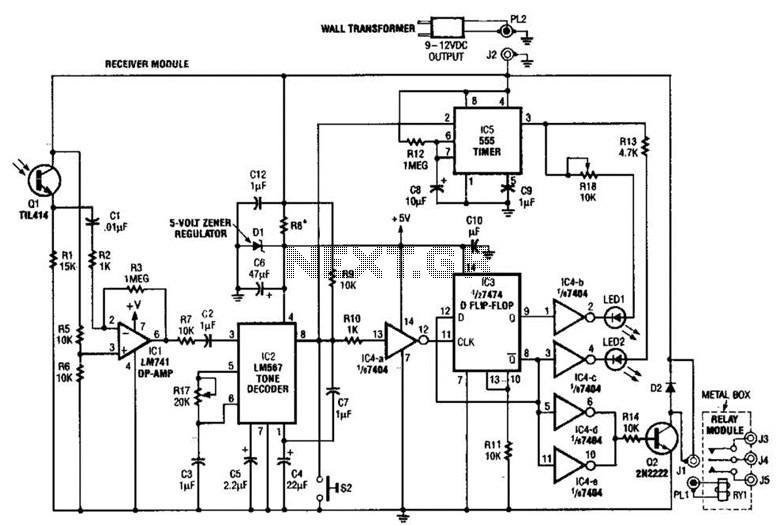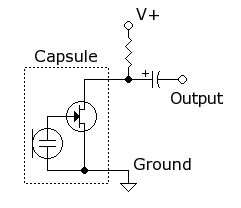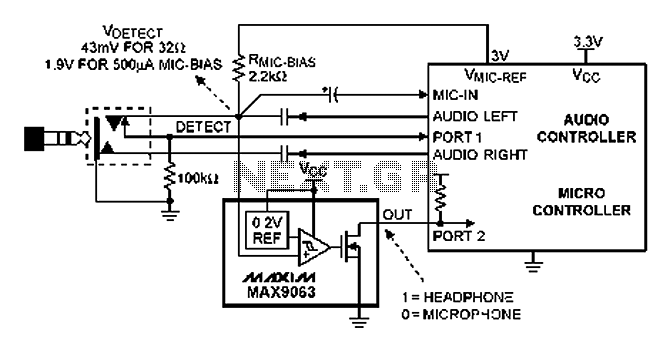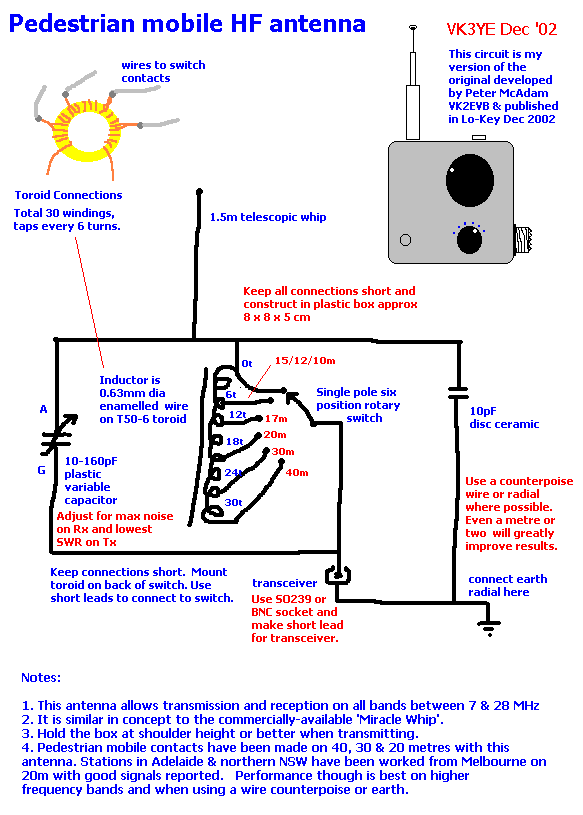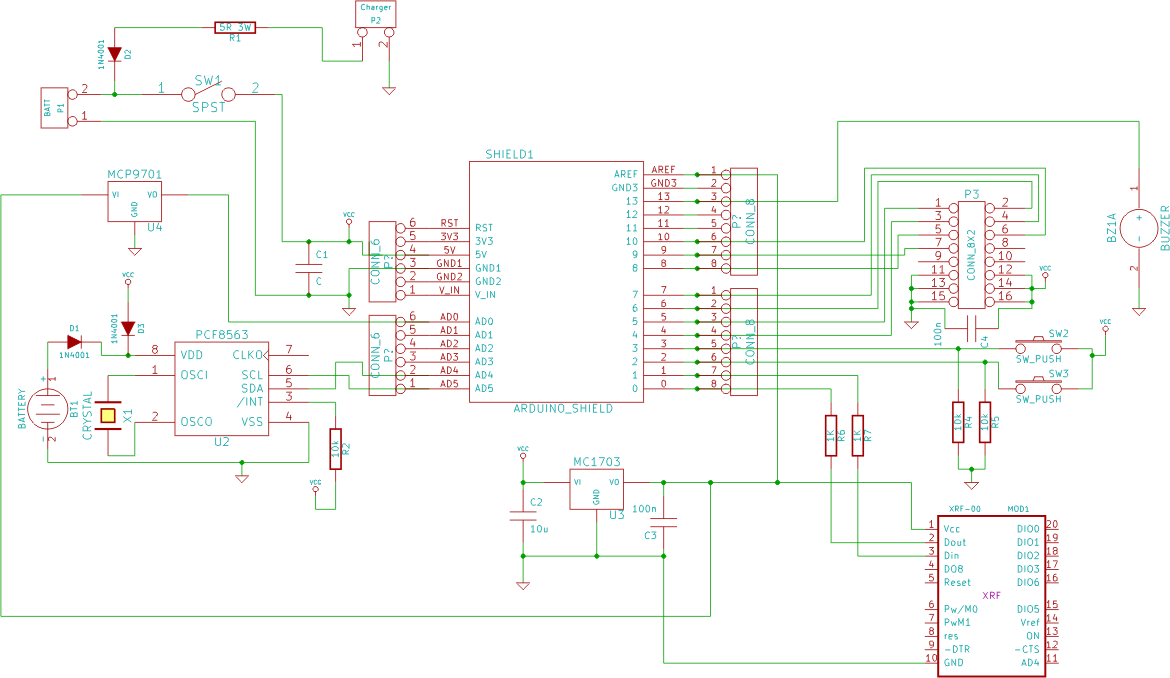
555 high performance photovoltaic street a control circuit diagram
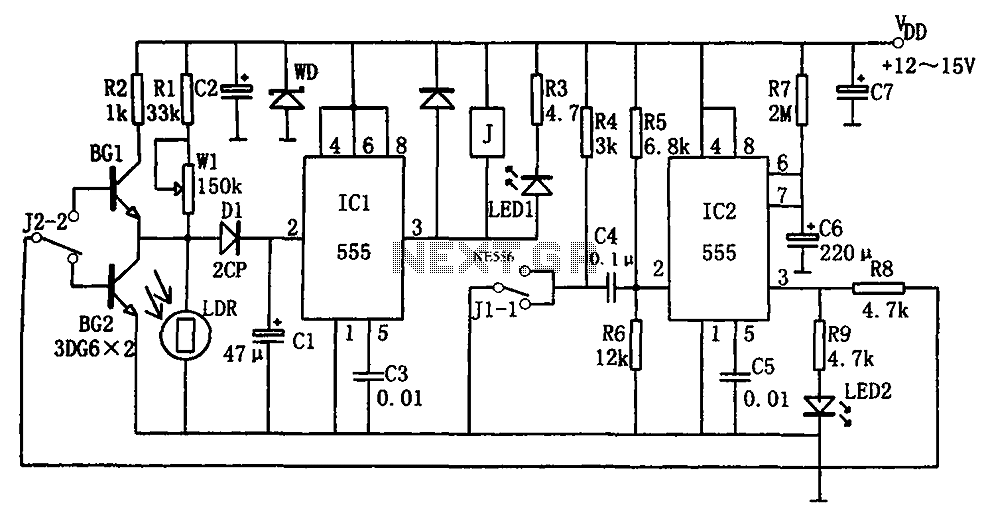
The optical control circuitry for high-performance street lighting is depicted in the figure. The circuit comprises a photoelectric conversion element, specifically a Light Dependent Resistor (LDR), a comparator circuit using an integrated circuit (IC1) which is a 555 timer, a stabilizing circuit (IC2), and additional components. In this configuration, IC2 along with components BG1 and BG2 form an action locking loop. The LDR functions as a photoresistor; when exposed to light, it exhibits low resistance, causing a low voltage at the input pin of the 555 timer. This results in a high output signal, preventing the relay (J) from activating and keeping the light-emitting diode (LED1) off. Conversely, during nighttime, when the LDR is not exposed to light, it presents high resistance, leading to a high voltage at the 555 timer's reset input, which lowers the output signal. This activates the relay (J), turning on LED1. At this point, IC2 is triggered, producing a timing output based on the values of resistor R7 and capacitor C6, which is approximately 10 minutes. This timing mechanism ensures that the relay operates stably without frequent activation due to minor fluctuations in light intensity. Thus, this circuit effectively achieves high-performance photoelectric control for street lighting.
The optical control circuitry functions as an intelligent lighting management system designed for street applications, utilizing a combination of analog and digital components to ensure reliable operation. The core of the circuit is the Light Dependent Resistor (LDR), which serves as an input sensor that detects ambient light levels. The LDR's resistance varies inversely with the light intensity; in bright conditions, its resistance decreases, allowing more current to flow through the circuit, while in darkness, its resistance increases, reducing current flow.
The comparator circuit, implemented with a 555 timer IC, is configured in a bistable mode to switch states based on the voltage levels from the LDR. When the LDR detects sufficient ambient light, the output from the 555 timer remains high, which prevents the relay from engaging. The relay's role is to control the main power supply to the street lights, ensuring they are off during the day.
As night falls and the LDR's resistance increases due to the lack of light, the voltage at the comparator's input drops, triggering a transition in the 555 timer's output to low. This change activates the relay, turning on the street lights (LED1).
Additionally, the circuit includes a stabilizing mechanism through IC2, which works in conjunction with components BG1 and BG2 to form an action locking loop. This loop is critical in preventing the relay from chattering or toggling due to minor fluctuations in light levels that could occur around dusk and dawn. The timing capacitor (C6) and resistor (R7) determine the delay period for the relay activation, set to approximately 10 minutes, allowing for a stable transition that avoids rapid on-off cycling of the lights.
The implementation of this circuit provides a robust solution for street lighting control, enhancing energy efficiency and ensuring that lights are only operational when necessary. The design minimizes maintenance issues associated with relay chatter and provides a reliable operation across varying environmental conditions. As shown in FIG optical control circuitry for high-performance street. The circuit consists of a photoelectric conversion element LDR, comparator circuit IC1 (555), single stab ilizing circuit IC2 and other components. Wherein IC2 and BG1, BG2 constitute action locking loop, LDR components using photoresistor.When the LDR exposed to light, it was a low-resistance, low input pin 555 due occurs set, feet high output, and therefore the relay J does not act, the light emitting diode LED1 does not emit light. Night, LDR light and was not due to high resistance, due 555 feet high and the reset input occurs, pin output low, so that the relay J pull, LED LED1 light.
This time it triggers IC2 work, so that the output timing of the td 1.1R7C6 (about 10 minutes) signal corresponding light emitting diode LED2 light. Thus within l0 minutes, the relay can be solved in critical action point unstable. Circuit action locking circuit can also overcome the disadvantages of the relay at the critical point due to the action of light instability and frequent changes in operation.
Therefore, this circuit to achieve high performance photoelectric controls on lights.
The optical control circuitry functions as an intelligent lighting management system designed for street applications, utilizing a combination of analog and digital components to ensure reliable operation. The core of the circuit is the Light Dependent Resistor (LDR), which serves as an input sensor that detects ambient light levels. The LDR's resistance varies inversely with the light intensity; in bright conditions, its resistance decreases, allowing more current to flow through the circuit, while in darkness, its resistance increases, reducing current flow.
The comparator circuit, implemented with a 555 timer IC, is configured in a bistable mode to switch states based on the voltage levels from the LDR. When the LDR detects sufficient ambient light, the output from the 555 timer remains high, which prevents the relay from engaging. The relay's role is to control the main power supply to the street lights, ensuring they are off during the day.
As night falls and the LDR's resistance increases due to the lack of light, the voltage at the comparator's input drops, triggering a transition in the 555 timer's output to low. This change activates the relay, turning on the street lights (LED1).
Additionally, the circuit includes a stabilizing mechanism through IC2, which works in conjunction with components BG1 and BG2 to form an action locking loop. This loop is critical in preventing the relay from chattering or toggling due to minor fluctuations in light levels that could occur around dusk and dawn. The timing capacitor (C6) and resistor (R7) determine the delay period for the relay activation, set to approximately 10 minutes, allowing for a stable transition that avoids rapid on-off cycling of the lights.
The implementation of this circuit provides a robust solution for street lighting control, enhancing energy efficiency and ensuring that lights are only operational when necessary. The design minimizes maintenance issues associated with relay chatter and provides a reliable operation across varying environmental conditions. As shown in FIG optical control circuitry for high-performance street. The circuit consists of a photoelectric conversion element LDR, comparator circuit IC1 (555), single stab ilizing circuit IC2 and other components. Wherein IC2 and BG1, BG2 constitute action locking loop, LDR components using photoresistor.When the LDR exposed to light, it was a low-resistance, low input pin 555 due occurs set, feet high output, and therefore the relay J does not act, the light emitting diode LED1 does not emit light. Night, LDR light and was not due to high resistance, due 555 feet high and the reset input occurs, pin output low, so that the relay J pull, LED LED1 light.
This time it triggers IC2 work, so that the output timing of the td 1.1R7C6 (about 10 minutes) signal corresponding light emitting diode LED2 light. Thus within l0 minutes, the relay can be solved in critical action point unstable. Circuit action locking circuit can also overcome the disadvantages of the relay at the critical point due to the action of light instability and frequent changes in operation.
Therefore, this circuit to achieve high performance photoelectric controls on lights.
